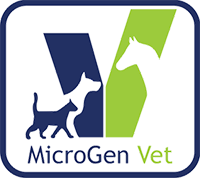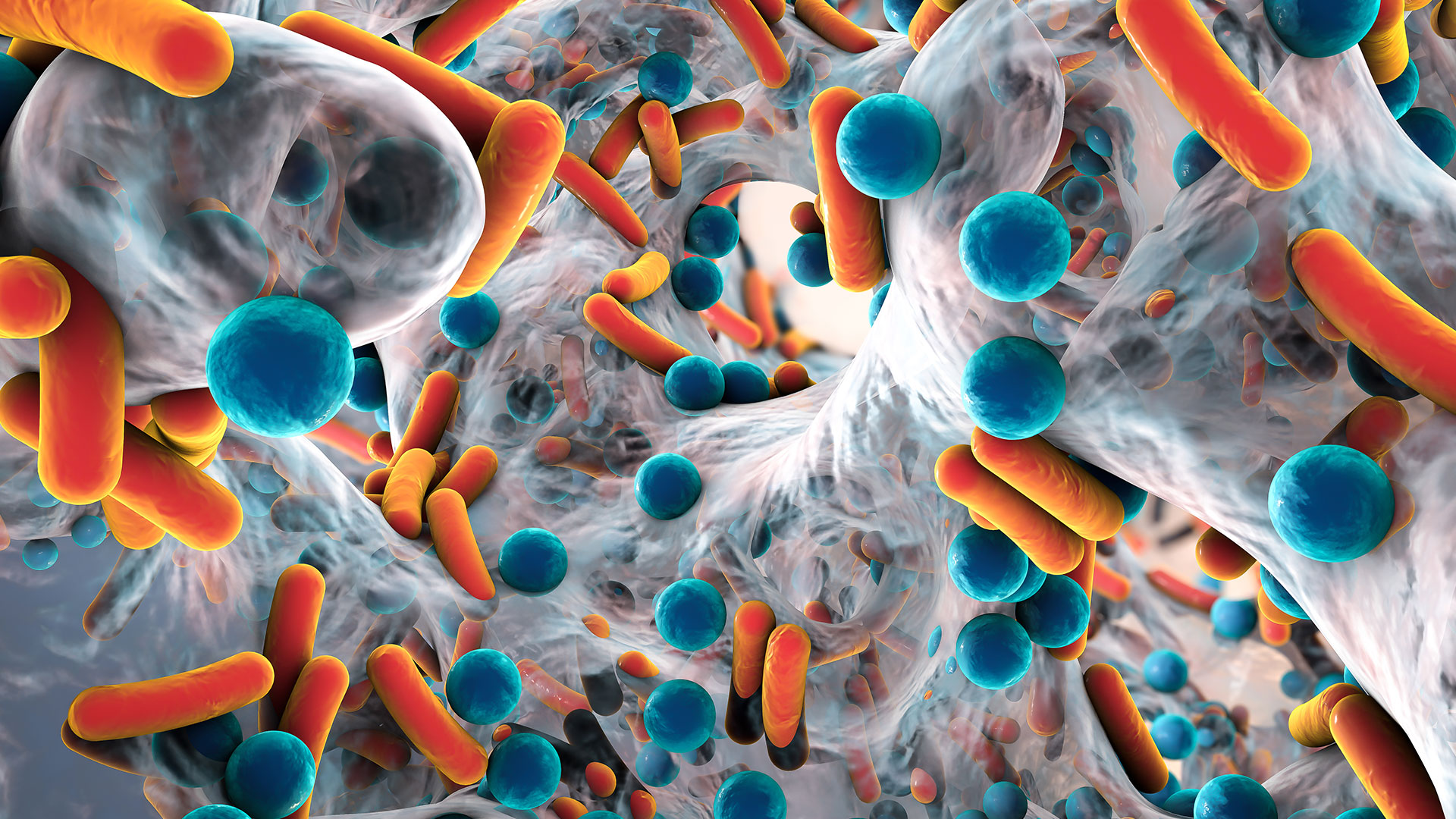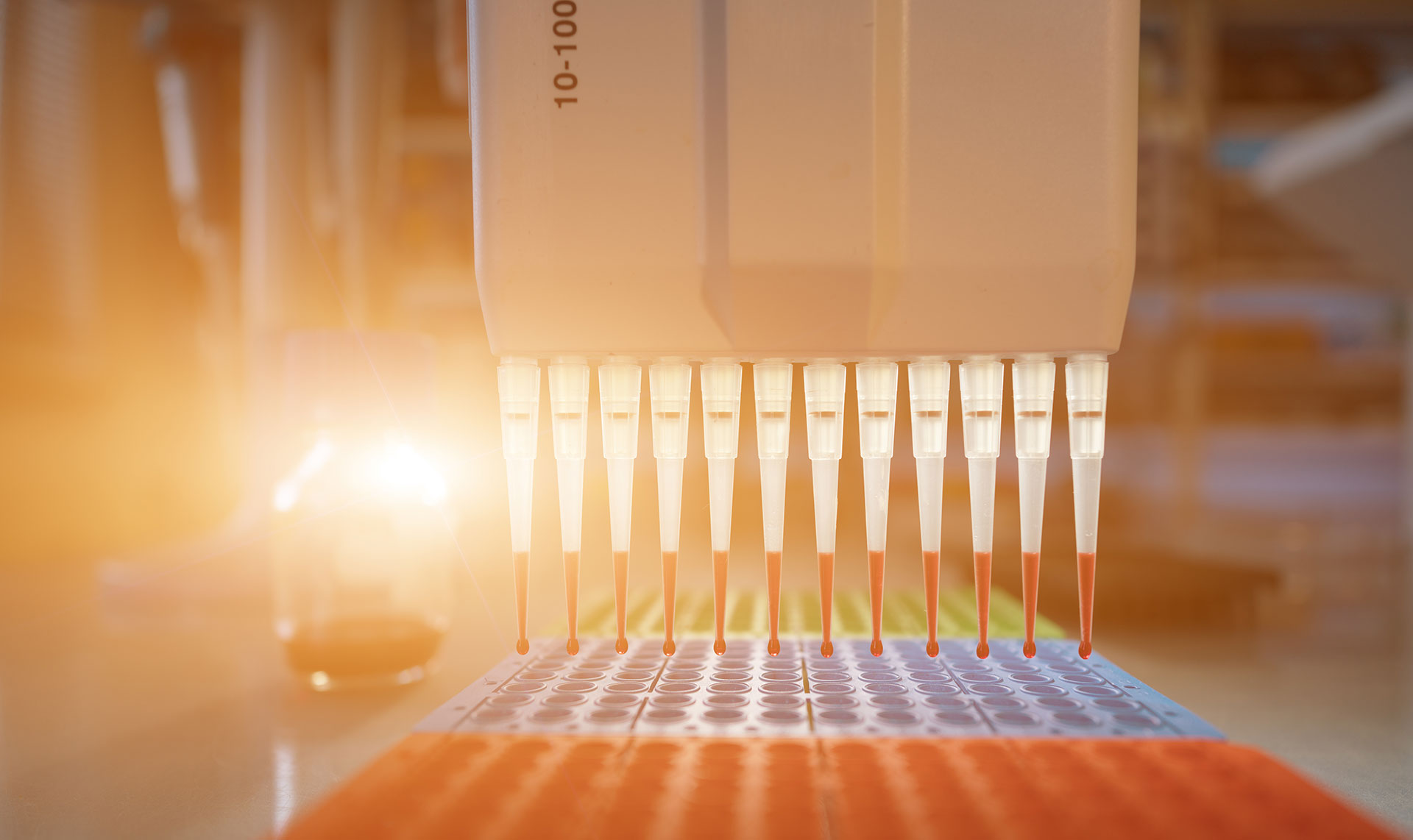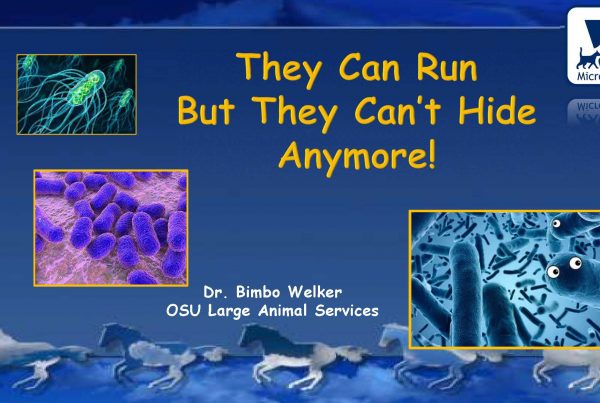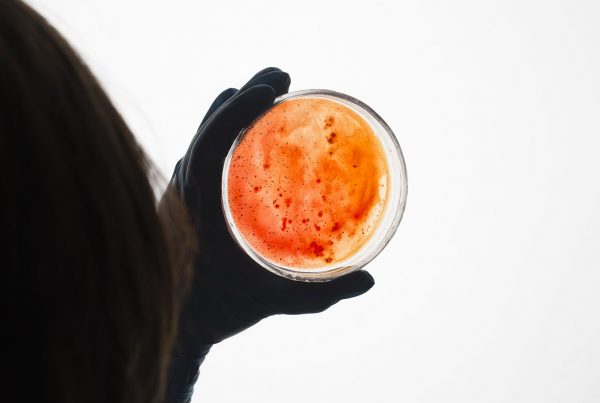By Cat Troiano
When choosing the most effective treatment to combat infection in your patients, you need answers quickly. Identifying the offending organisms and the precise genetic makeup is the key to prescribing the right treatment protocol to help your animal patient fight off the infection. Biofilms are a collaborative community of microbes working together to prevent such healing.
What Are Biofilms?
Biofilms are living communities of microorganisms that take up residence on moist surface areas. These microorganisms can include bacteria, fungi and/or viruses that work together to produce an extracellular matrix that forms the biofilm and binds it together.
Biofilms can form on body tissues and on indwelling medical devices, such as catheters. Think of biofilms as thriving communities of disease-causing microorganisms. Biofilms account for more than 80 percent of microbial infections, according to the National Institute of Health. The inhabitants of biofilms threaten your animals’ health and attempt to thwart your selection of proper treatment choices. So how can infections from biofilms be successfully treated? The answer comes from a revolutionary diagnostic process called Next Generation Sequencing (NGS).
What Is NGS?
NGS is used primarily to analyze samples from infections, most often caused by biofilms. This biotechnology is a DNA-based diagnostic laboratory test in which the genetic material of biofilm is sequenced. NGS is a high-throughput method, meaning that large amounts of DNA can be sequenced simultaneously in a single test from just one sample. The resulting DNA sequencing profile enables the identification of all microbes, including anaerobes, aerobes and fungi, within biofilms. NGS provides additional critical information, including:
- The ability to accurately determine microbes with superior specificity (99.9 percent).
- The ability to detect bacteria in the presence of antibiotics.
- The ability to identify antibiotic-resistant genes for several classes of antibiotic drugs.
The high-throughput nature of NGS is less labor-intensive than conventional DNA isolation testing methods. According to Dr. Ganwu Li of Iowa State University’s College of Veterinary Medicine, NGS tests reduce costs and dramatically speed up the identification of pathogens within biofilms. How can these benefits of NGS improve patient care in your practice?
Accurate Results and Quick Healing Times
Did you know that roughly 99 percent of known bacterial species cannot be grown in a laboratory through traditional culturing methods? This is why cultures often miss problematic microbes, resulting in false negative findings and ineffective treatment decisions. An NGS test accurately delivers precise identification of all microbes that are contributing to infection. Culture tests also can take longer to present results than NGS tests. You will have NGS results within three to five days, whereas cultures can take longer; for example, traditional fungal cultures can take weeks to grow. While awaiting the results of a culture test, the animal is either taking a prescribed antibiotic that may be ineffective or is not receiving treatment at all beyond symptomatic relief. In either of these situations, the biofilm continues to flourish and the infection continues to fester.
When test results are more comprehensive and more accurate, you can get on with your mission to provide effective relief that your clients demand and deserve for their beloved pets. NGS will enable you to improve patient care in the following ways:
- You can bypass the guesswork of antibiotic selection and avoid those to which the identified microbes are resistant.
- You can develop more targeted treatment options that will lead to faster and more assured healing.
- Reducing the use of antibiotics to which targeted microbes are tolerant will help stem the development of antibiotic-resistant strains of bacteria.
Currently, NGS can detect the DNA sequencing of more than 25,000 microbial species with 99.9 percent accuracy, which completely changes the treatment algorithms for the veterinary community.
What Cases Benefit from Biofilm Testing?
Biofilm analysis is not a novel concept. Research advancements in recent years have made NGS diagnostics a leading choice for diagnosing microbial infections in humans. MicroGen DX is the market leader as a NGS service provider to the human medical community.
Exclusively available through MicroGen Vet, this diagnostic service has now expanded beyond the realms of human medicine into the veterinary health care industry for use in equine, companion, exotic/zoo and livestock animal practices. NGS of biofilm samples from your patients will empower you to quickly diagnose and successfully treat numerous microbial infections, including:
- Otitis
- Urinary tract infection
- Pyoderma
- Mastitis
- Enteritis
- Pneumonia
- Wound infections
- Pyometra
When animals begin treatment with the right therapy, they will heal faster — three to five times faster in some human cases. This will produce more satisfied clients while avoiding the frustrations from inaccurate culture findings and ineffective treatments.
Cat attended the State University of New York at Stony Brook, where she majored in liberal arts with an
emphasis in social sciences. Her lifelong love of animals led her to employment at a veterinary hospital, and she continued to work as a veterinary assistant for 15 years. Cat also served as the cattery manager at a local no-kill animal shelter before she switched career paths to pursue freelance writing.
References
https://grants.nih.gov/grants/guide/pa-files/pa-03-047.html
http://aem.asm.org/content/79/23/7116.full
